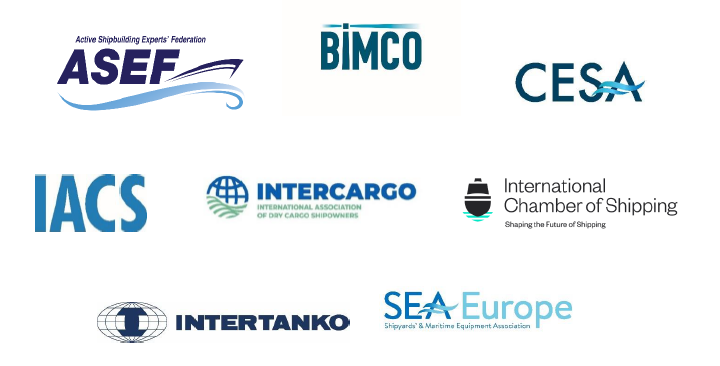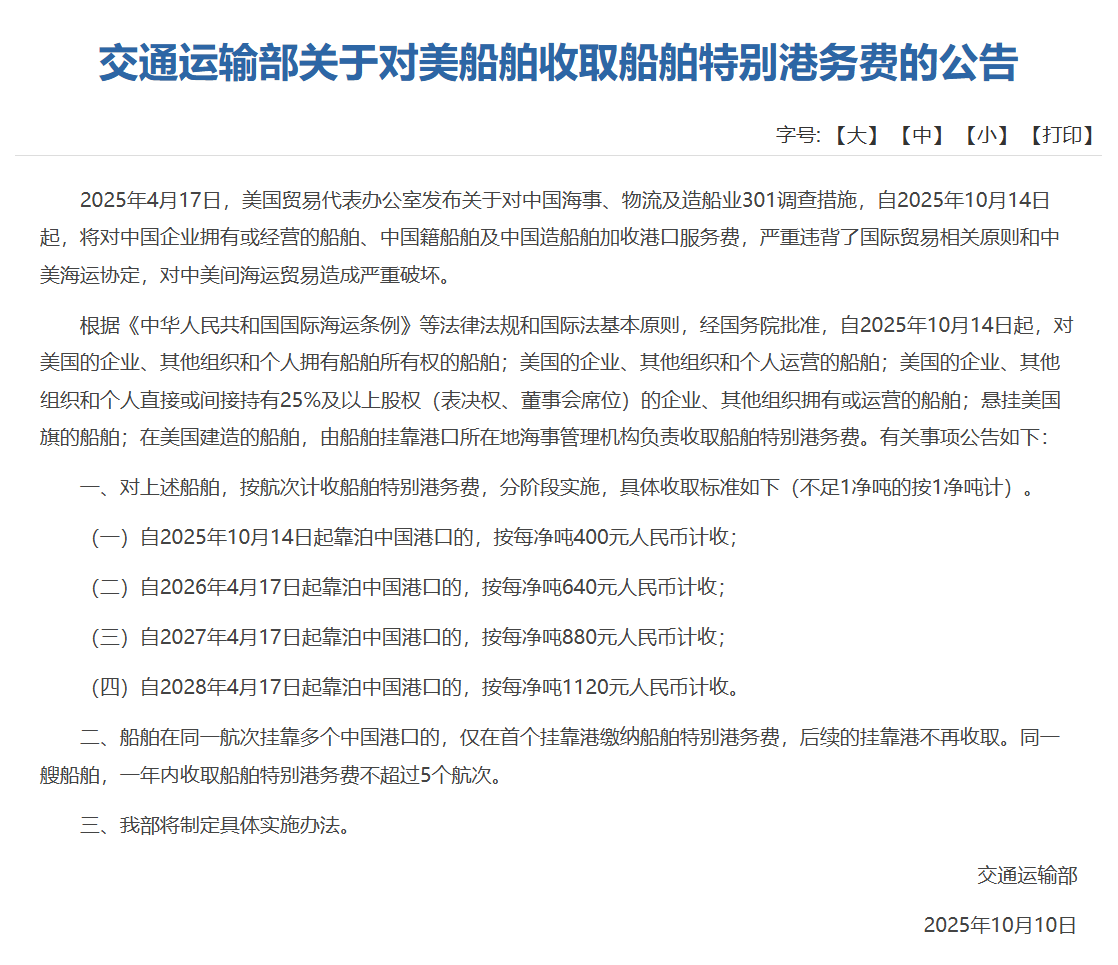The "Regulations on Ships’ Routeing System for the Shanghai Section of the Yangtze River (2024)" (hereinafter referred to as the "Routeing System (2024)") issued by the Maritime Safety Administration of the People's Republic of China came into effect on July 15, 2024. In this Circular, Huatai will summarize the major revisions through comparing with its previous version, i.e. the "Regulations on Ships’ Routeing System for the Shanghai Section of the Yangtze River (2017)", and provide relevant suggestions for the Clubs and their Members’ reference.
Major Revisions
Ⅰ. New Provisions
Seven provisions are added to the "Routeing System (2024)", namely the Article 14, Article 15, Article 22, Article 26, Article 29, Article 40 and Article 42. Those new provisions address navigation and reporting requirements, safety measures and traffic security to ensure that all types of ships can navigate the Shanghai Section of the Yangtze River safely and efficiently. Please refer to the attached free translation of the "Routeing System (2024)" for more detailed information.
Ⅱ. Revised Provisions
Five articles are revised in the "Routeing System (2024)", namely the Article 27, Article 28, Article 33, Article 35 and Article 49. Those articles involve special provisions for trial ships, detailed requirements for night navigation of ships in the Shanghai Section of the Yangtze River, updates to communication and reporting requirements, an expansion of the circumstances where ships can meet in the waters on both sides of the slope of the deepwater channel at the Yangtze River Estuary, as well as the interpretation of some terms, etc., aiming at improving the adaptability and effectiveness of the rules and reflecting the latest legal and regulatory requirements and industry standards. Please refer to the attached free translation of the "Routeing System (2024)" for more detailed information.
Ⅲ. Overview of the Revisions
1. Encourage LNG ships to use the South Channel under the premise of safety and feasibility.(Article 15)
2. New requirements have been addedfor ships intending to enter the Shanghai Section of the Yangtze River toconduct testing on their engines, rudders, communication and emergency equipment, etc. (Article 22)
3. New requirements have been added to ensure the safe navigation of large towing fleets. (Article 26)
4. Optimize and improvethe night navigation regulations for specific ships. (Articles 27 and 28)
5. The traffic protection provisions for key ships have been refined and improved, and the types of ships that are prioritized for traffic protection have been clearly identified. (Article 29)
6. Increase the types of ships that can meet in the 100-meter Slope Water Area of the deepwater channel at the Yangtze River Estuary, and restrictions have been imposed on the range of waters where new types of ships can meet. (Article 33)
7. The reporting requirements for deepdraughtships intending to enter the South Channel have been added, and the reporting requirements for ships dropping and weighing anchor have been improved. (Article 14 and Article 35)
8. The period during which ships engaged in dredging and surveying operations toavoid operationshas been clearly defined. (Article 42)
9. The scope of application of the "Routeing System (2024)"is adjusted to includethe waters of the North Branch Channel in the waters of the Shanghai Section of the Yangtze River. (Article 49)
10. Define the scope of the Artificial ConstructionSection of the South Channel and clarify the responsibility ofsmall ships not to impede the safe navigation of certain specific ships. (Articles 40 and 49)
11. Adjust the buoy numbers and positions of the South Channel. (AppendixⅠ)
12. The resources and functionsof the anchorage have beenoptimized by adding anchorage area No. 0 at Wusongkou Anchorage and the anchoring time limit of some anchorage areas has been adjusted. (Appendix Ⅳ)
Huatai's Suggestions
In order to adapt to the continuous changes in the water traffic safety situation and the development of ship technology in recent years, the Maritime Safety Administration of the People's Republic of China has revised the "Regulations on Ships’ Routeing System for the Shanghai Section of the Yangtze River (2017)". The new "Routeing System (2024)" covers aspects such as the route setting in the Shanghai Section of the Yangtze River, general navigation and berthing/anchoring rules, special safety management for high-risk ships, speed limits, collision avoidance relationships between ships, communication and reporting requirements, etc. The implementation of the "Routeing System (2024)" will help reduce collision risks, promotes the improvement of port efficiency and achieve environmental protection goals. In addition, the adjustments to the usage time and functions of anchorages in the appendixes reflect more detailed considerations on port operation efficiency and the demand for ships’ berthing/anchoring. The newly added anchorage areas are designed to alleviate congestion in busy traffic waters and provide safer anchoring options for passing ships, particularly under adverse weather conditions or in the circumstances where emergency refuge is required.
When ships navigate in the Shanghai Section of the Yangtze River, they must strictly abide by the "Routeing System (2024)". We suggest shipping companies organize training for crew members to ensure that they are familiar with the specific contents of the "Routeing System (2024)" and understand the latest navigation rules and operation requirements. In addition, shipping companies are suggested to formulate corresponding operation procedures for ships entering the Shanghai Section of the Yangtze River in accordance with the new regulations to provide practical guidance for crew members. It is also good practice for ships intending to enter the Shanghai Section of the Yangtze River to develop comprehensive navigation plans under the guidance of the "Routeing System (2024)" to ensure navigation safety.
source: Huatai Insurance Agency & Consultant Service Ltd.
source: Huatai Insurance Agency & Consultant Service Ltd.
The opinions expressed herein are the author's and not necessarily those of The Xinde Marine News.
Please Contact Us at:






